A Miraculous Molecule
Hypochlorous Acid (HOCl)
BIHOCL™ manufactures the purest form of hypochlorous acid (HOCl) available today. But as a simple molecule, HOCl has a impactful story to tell — one that is still being written by companies like ours.
This page explores why hypochlorous is safe, simple, natural, effective, and the next frontier of Canadian health care and beyond.
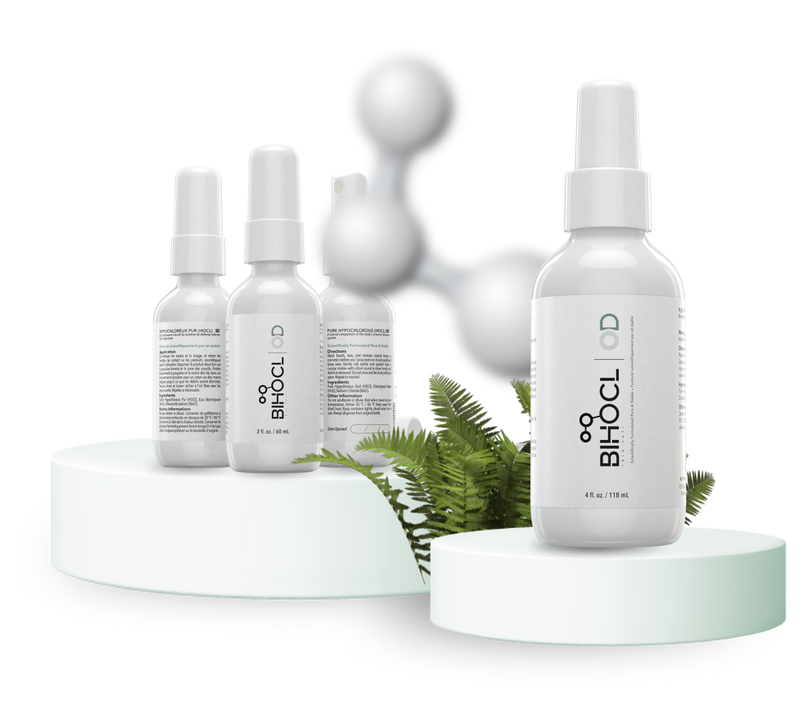
Albert Einstein
Look deeper into nature, and you will understand everything better.

What is Hypochlorous?
Hypochlorous acid (HOCl) is a natural part of our body’s internal defense system — a critical molecule produced by our white blood cells as our first line of defense against infection, inflammation, or injury¹⁻⁹.
When produced outside the body, HOCl is an electrolyzed, antimicrobial, biocide solution that inactivates pathogens like bacteria, viruses, spores, and fungi³.
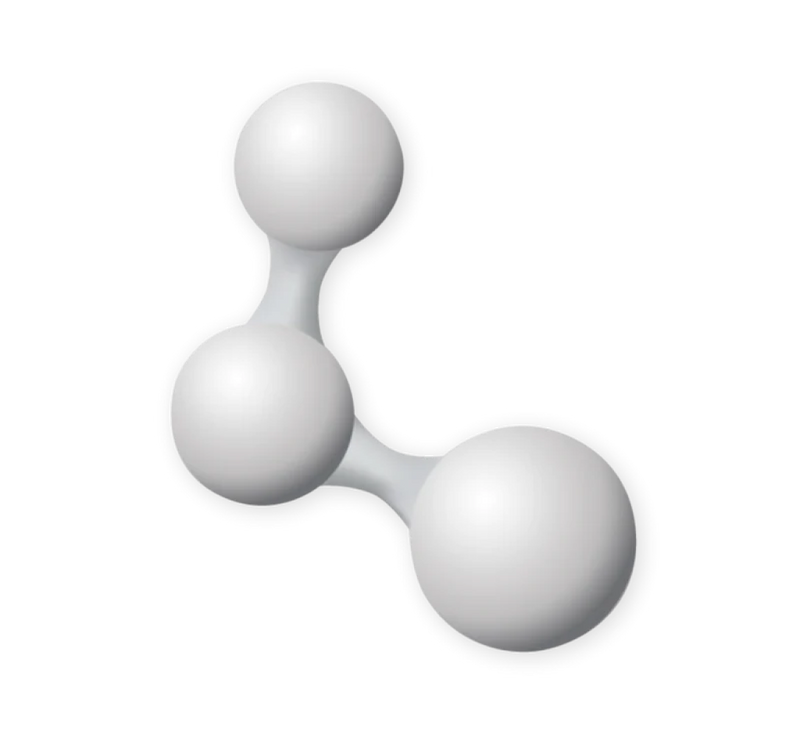
Works to fight infection, control responses to injury, and enhance healing⁹
Part of the healthy response to injury and recovery³
Consistently shows no adverse effects⁸
Will not irritate or aggravate tissue damage at wound sites²
There is no bubbling or tingling sensation, unlike many other topically applied solutions
Soothing, steady control over the healing process that quickly become evident¹³
Safe for use on humans and animals³⁻⁵
A Long, Storied History
As an antimicrobial, antiviral and antifungal that is safe for all mucosal contact⁷, HOCl hurries healing, works to mitigate scarring⁶, to clear a myriad of skin issues and conditions⁸, can be misted to permeate small crevices for effective odor control and disinfection⁴. A review of HOCl attributes will show the following citations:
Reduces skin aging¹º
Makes blood clot in wounds⁶
Causes fibrinogen oxidation, leading to firmer clots and a longer clot lysis period⁹
Stimulates immunity to germs¹¹
Produces powerful local stimulants of wound healing and germ killing⁷⁻¹²
Makes new skin cells grow over wounds and reorganizes scar fibers⁶
Leads to long lasting local effects in the body
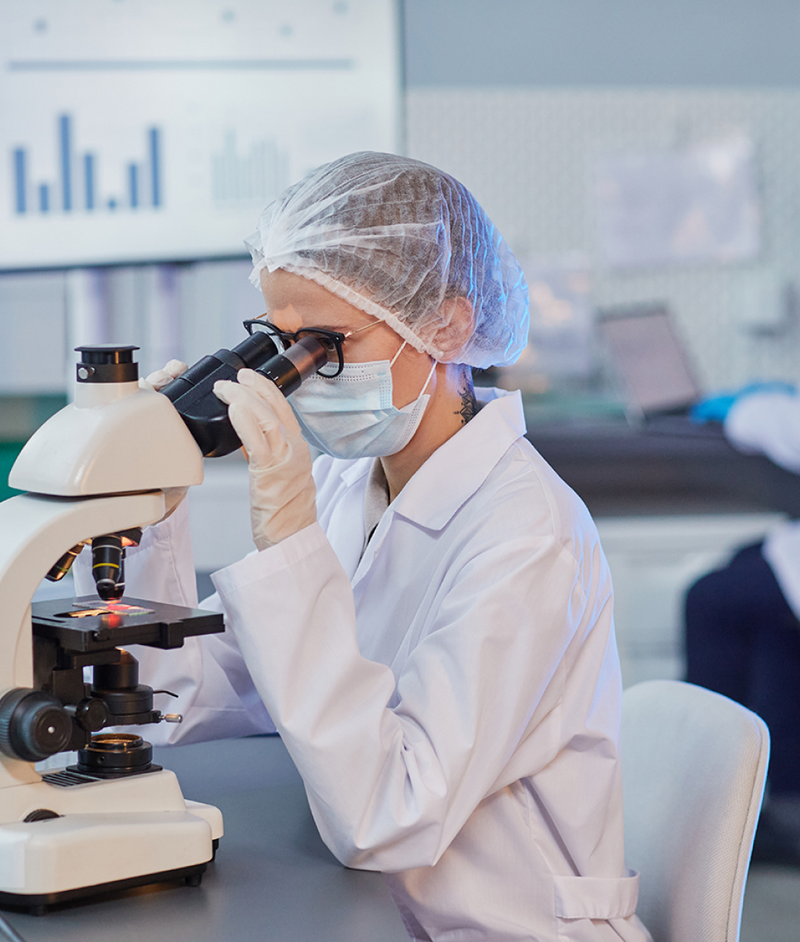
While the 100 year history of hypochlorous acid (HOCl) has provided indisputable evidence of its efficacy in healing and use in disinfection, and over 500 peer-reviewed, published papers universally document significant beneficial results, the widespread use of HOCl has remained fairly stagnant, and the primary limiting factor to broad adoption of this important technology, historically, has been due to the innate reactivity of the molecule itself and its lack of stability when using existing manufacturing processes⁶.
With that knowledge, and the bottom-line mission to fundamentally change the discussion of health, healing and disinfection around the world, BIHOCL™ dove into all things HOCl — the science, technology, equipment, properties and production. Through nine years of research, BIHOCL has brought HOCl technology to the forefront through trade-secret developments in properties and production which have been documented and published as scientific breakthroughs in both efficacy and stability.
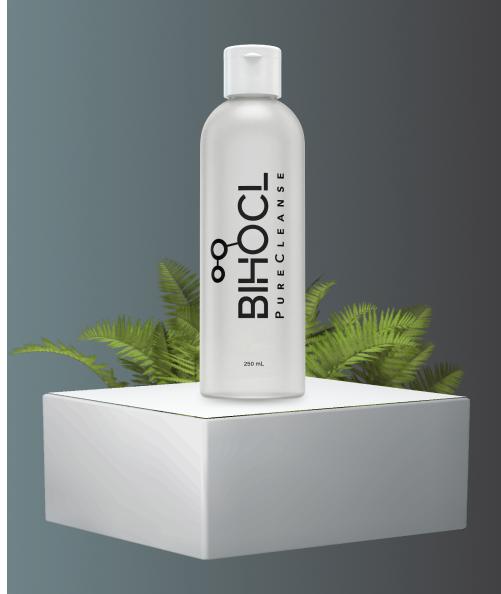
BIHOCL Technology
Technology
Furthering the development of Electro-Chemical Activated (ECA) Technology, BIHOCL™ has scientifically engineered a process to mass-produce hypochlorous products that are highly-effective while maintaining industry-leading stability, purity, and shelf life.
Our ECA formulations are superior in purity and have been proven to maintain electrical efficacy beyond known barriers. In this stable form, these electrically active HOCl solutions maintain efficacy and power to influence many biochemical events in human and animal tissues, as well as in microbes.
Under strict quality-control procedures, we use water (H2O) and salt (NaCl) to create a specific brine solution, and then pass the brine through a proprietary, electrolytic chamber. The result is a pure hypochlorous acid solution which is a weak (gentle) acid containing powerful benefits.
Throughout the world, commercial industries such as hospitality, janitorial, food and water processing, agricultural, animal husbandry, and health and public safety have adopted ECA Technology for use, eliminating the need for harmful, toxic chemicals.
How
BIHOCL is Unique
is Unique
The BIHOCL™ vision has always been about what HOCl can do for the good of living beings and the environment around us, and we’re excited to lead the hypochlorous acid industry with game-changing technologies in healing and disinfection.
Only BIHOCL has been proven to eliminate the world’s most dangerous and hardiest pathogen
More closely than any other HOCl on the market, BIHOCL mimics what is produced inside the body
Our formulations contain no active components other than pure HOCl (unlike other producers of HOCl)
Our HOCl is unmatched in safety, efficacy, and stability
BIHOCL formulations are HOCl in its purest form
Our purity allows us to continually achieve ground-breaking results
Our scaling capacity is setting the industry precedent for HOCl production at the highest quality level
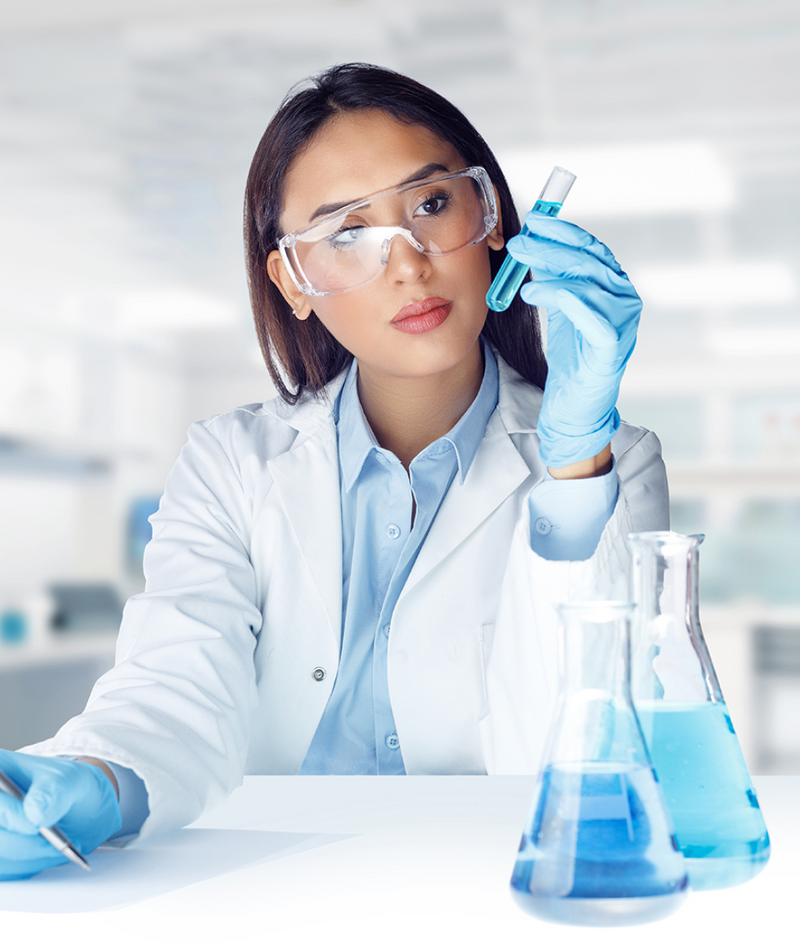
LEADING THE WAY IN HOCL FOR HEALTHCARE
At BIHOCL, we are passionate about our formulations and energized by our commitment to make a difference in people’s lives and in the world.
References
- Pullar, J. M., Vissers, M. C., & Winterbourn, C. C. (2000). Living with a killer: the effects of hypochlorous acid on mammalian cells. IUBMB life, 50(4-5), 259-266.
- Day A, Abdulnaster A, Carney B et al. Disruption of biofilms and neutralization of bacteria using hypochlorous acid solution: an in vivo and in vitro evaluation. Advances Skin Wound Care. 2017;30(12):543–551.
- Wang, L., Bassiri, M., Najafi, R., Najafi, K., Yang, J., Khosrovi, B., ... & Robson, M. C. (2007). Hypochlorous acid as a potential wound care agent: part I. Stabilized hypochlorous acid: a component of the inorganic armamentarium of innate immunity. Journal of burns and wounds, 6.
- Block, M. S., & Rowan, B. G. (2020). Hypochlorous acid: a review. Journal of Oral and Maxillofacial Surgery, 78(9), 1461-1466.
- Morita, C., Nishida, T., & Ito, K. (2011). Biological toxicity of acid electrolyzed functional water: Effect of oral administration on mouse digestive tract and changes in body weight. Archives of Oral Biology, 56(4), 359-366.
- Gold, M. H., Andriessen, A., Bhatia, A. C., Bitter Jr, P., Chilukuri, S., Cohen, J. L., & Robb, C. W. (2020). Topical stabilized hypochlorous acid: The future gold standard for wound care and scar management in dermatologic and plastic surgery procedures. Journal of cosmetic dermatology, 19(2), 270-277.
- Kim, H. J., Lee, J. G., Kang, J. W., Cho, H. J., Kim, H. S., Byeon, H. K., & Yoon, J. H. (2008). Effects of a low concentration hypochlorous acid nasal irrigation solution on bacteria, fungi, and virus. The Laryngoscope, 118(10), 1862-1867.
- Del Rosso, J. Q., & Bhatia, N. (2018). Status report on topical hypochlorous acid: clinical relevance of specific formulations, potential modes of action, and study outcomes. The Journal of Clinical and Aesthetic Dermatology, 11(11), 36.
- Sakayra S, Gunay N, Karakulak M et al. Hypochlorous acid: an ideal wound care agent with powerful microbicidal, antibiofilm, and wound healing properties. Wounds. 2014;26(12):342–350.
- Leung TH, et al. Topical hypochlorite ameliorates NF-kappaB-mediated skin diseases in mice. J Clin Invest. 2013;123(12):5361–70.
- Bhatia, A. H., Hsu, J., Schlesinger, T., & Weiss, R. (2018). Optimizing wound healing for cosmetic and medical dermatologic procedures. Practical dermatology, 1, 42-45.
- Robson, M. C., Payne, W. G., Ko, F., Mentis, M., Donati, G., Shafii, S. M., ... & Bassiri, M. (2007). Hypochlorous acid as a potential wound care agent: part II. Stabilized hypochlorous acid: its role in decreasing tissue bacterial bioburden and overcoming the inhibition of infection on wound healing. Journal of Burns and Wounds, 6.
- Bongiovanni, C. M. (2014). Effects of hypochlorous acid solutions on venous leg ulcers (VLU): experience with 1249 VLUs in 897 patients. Journal of the American College of Clinical Wound Specialists, 6(3), 32-37.
